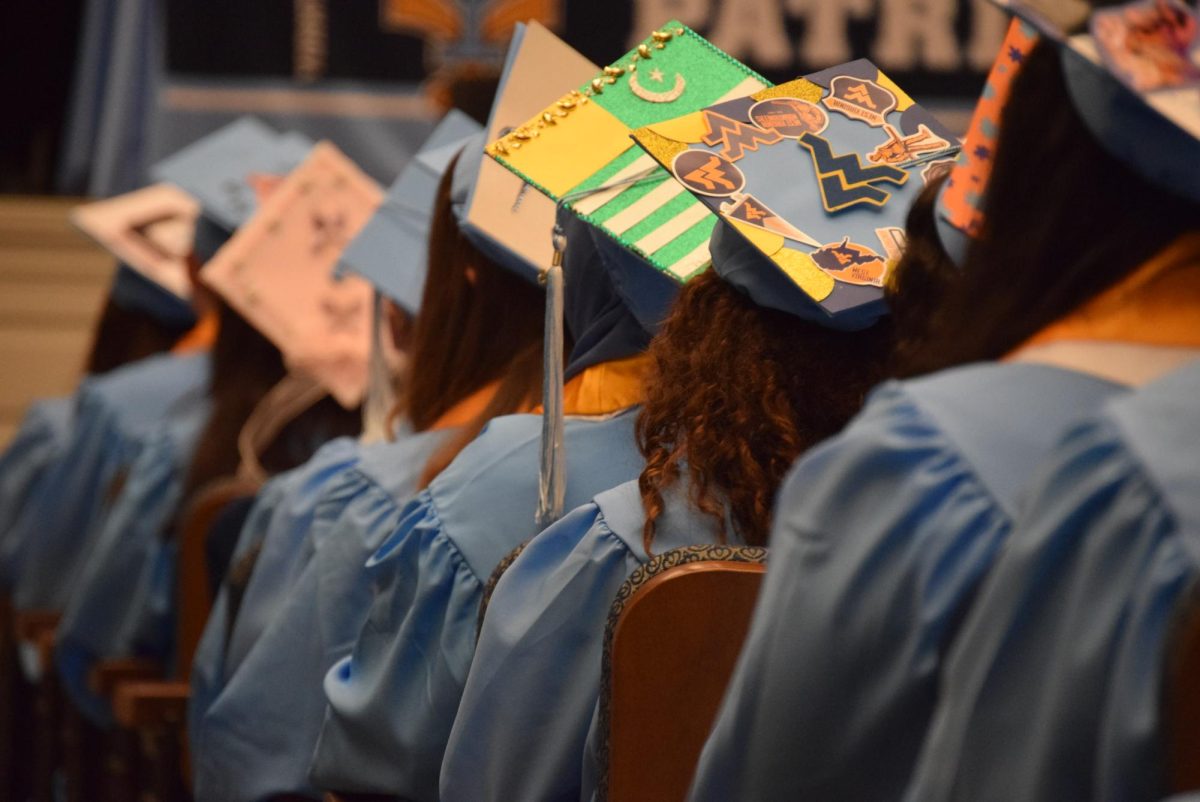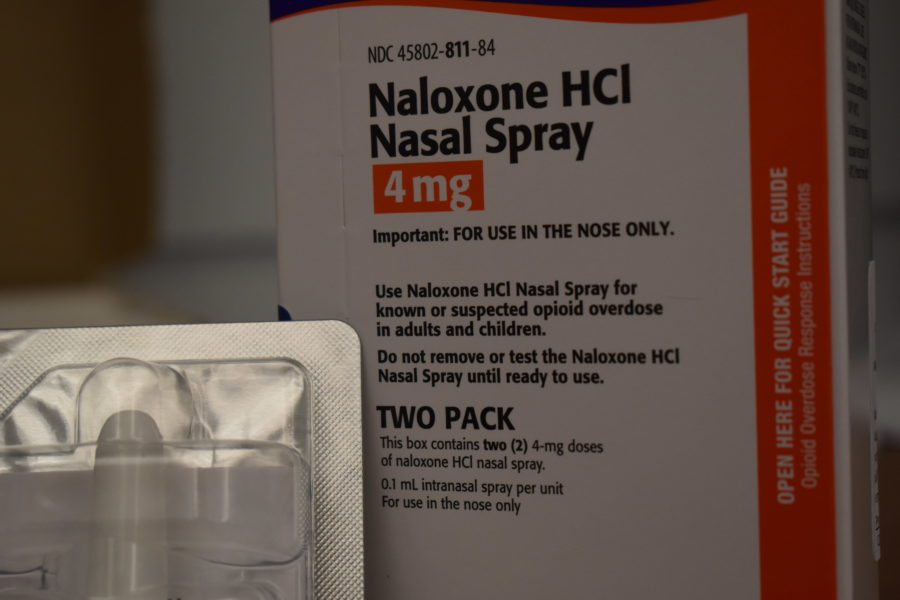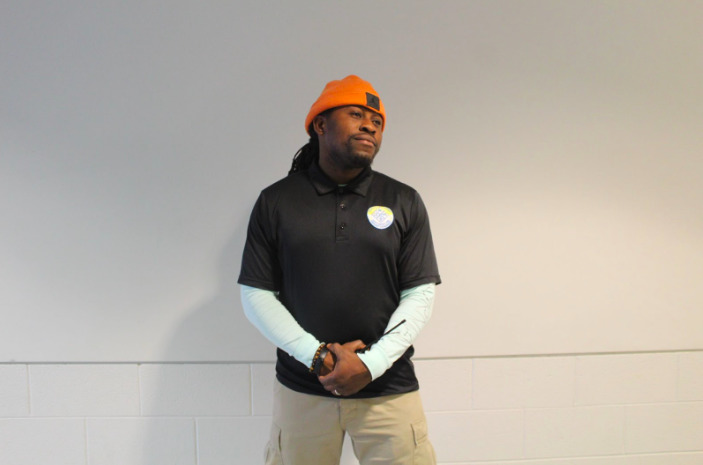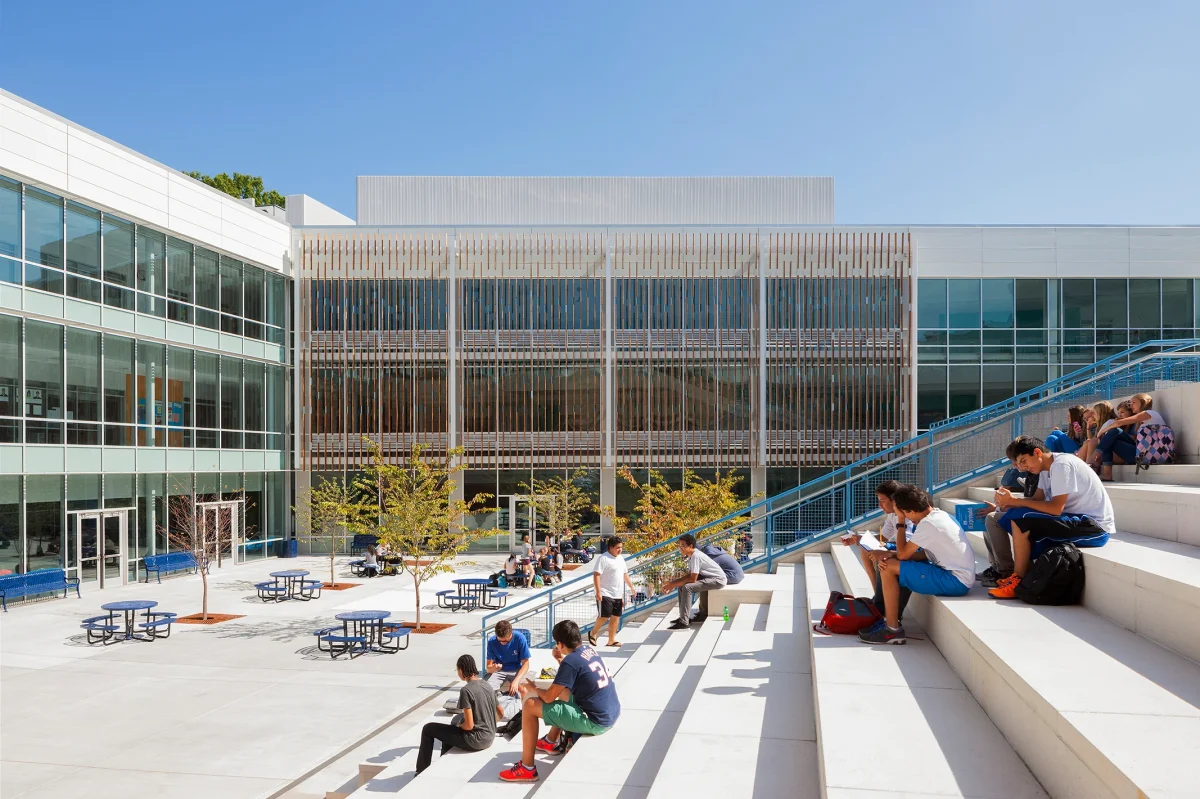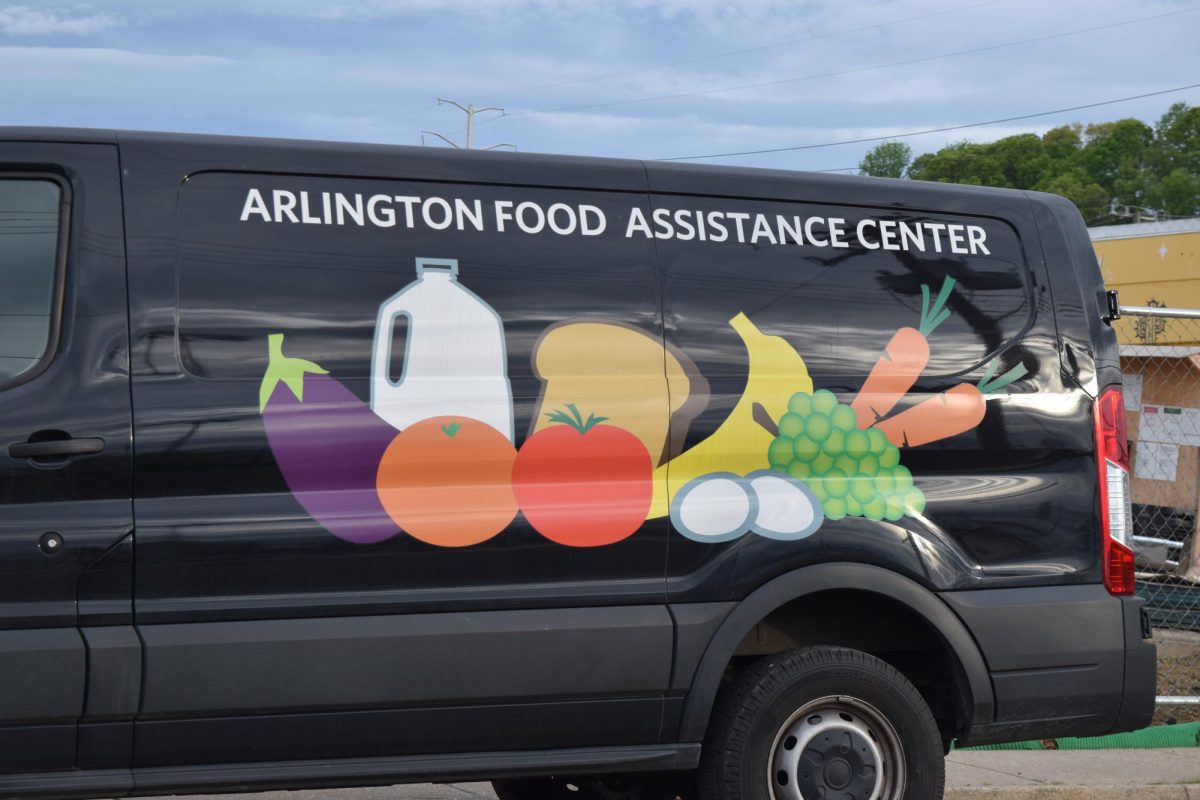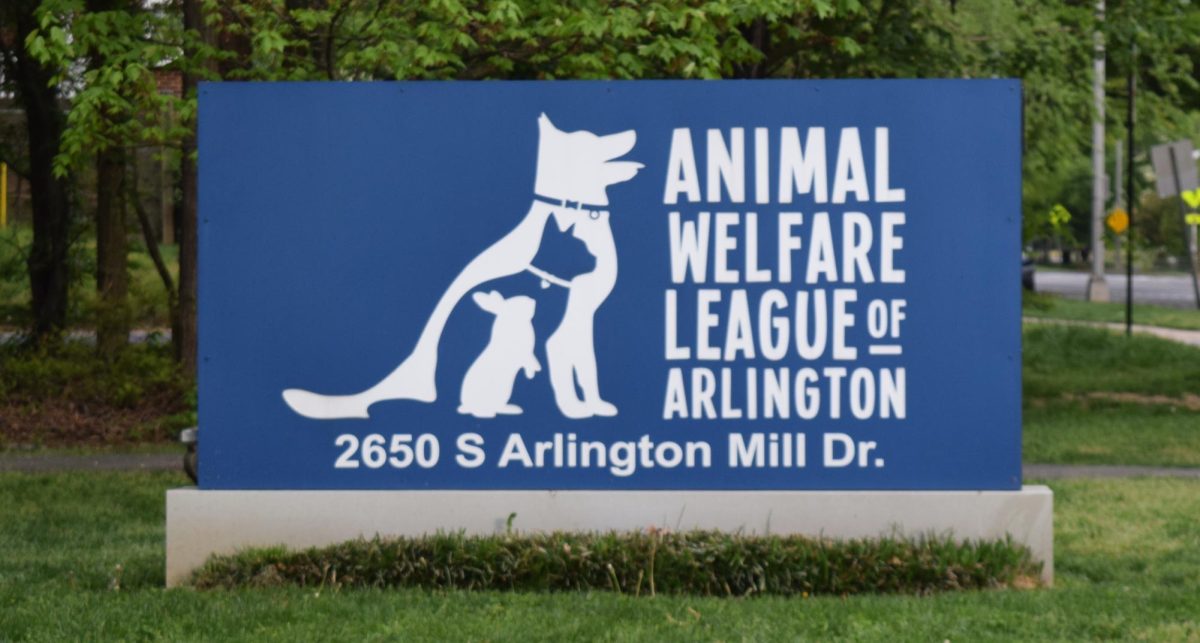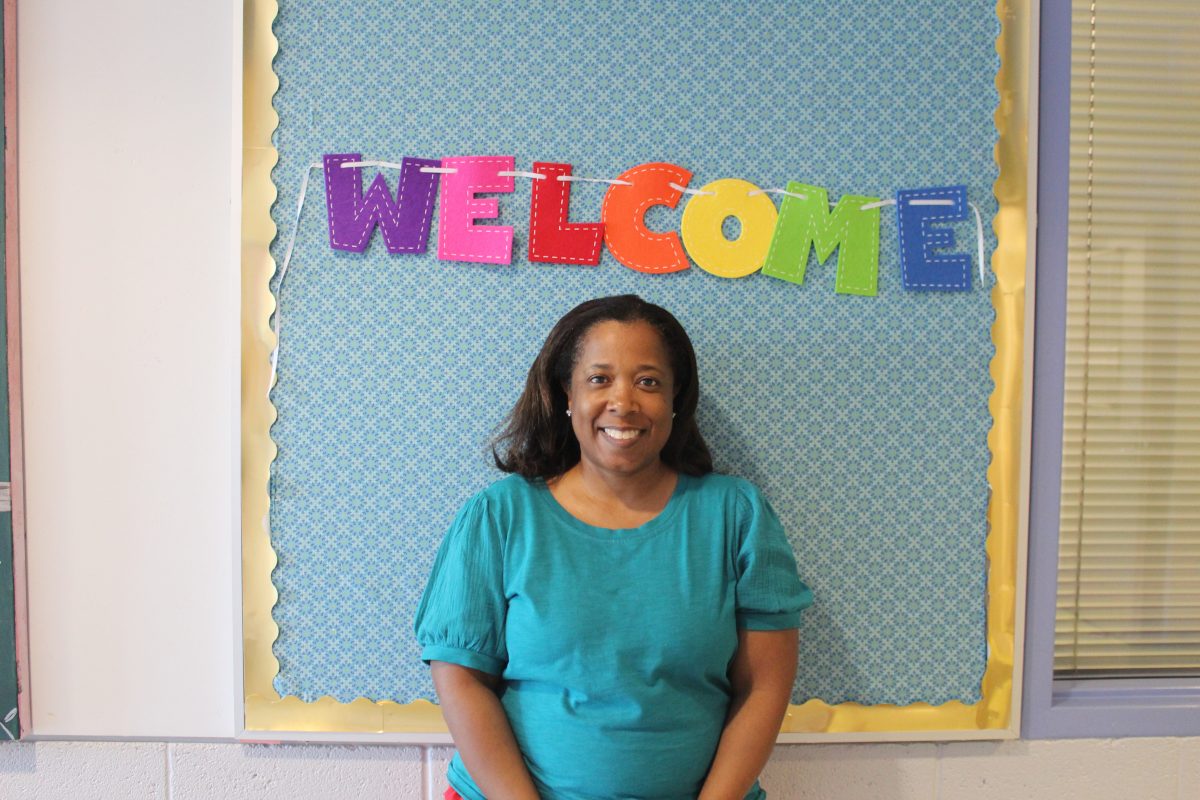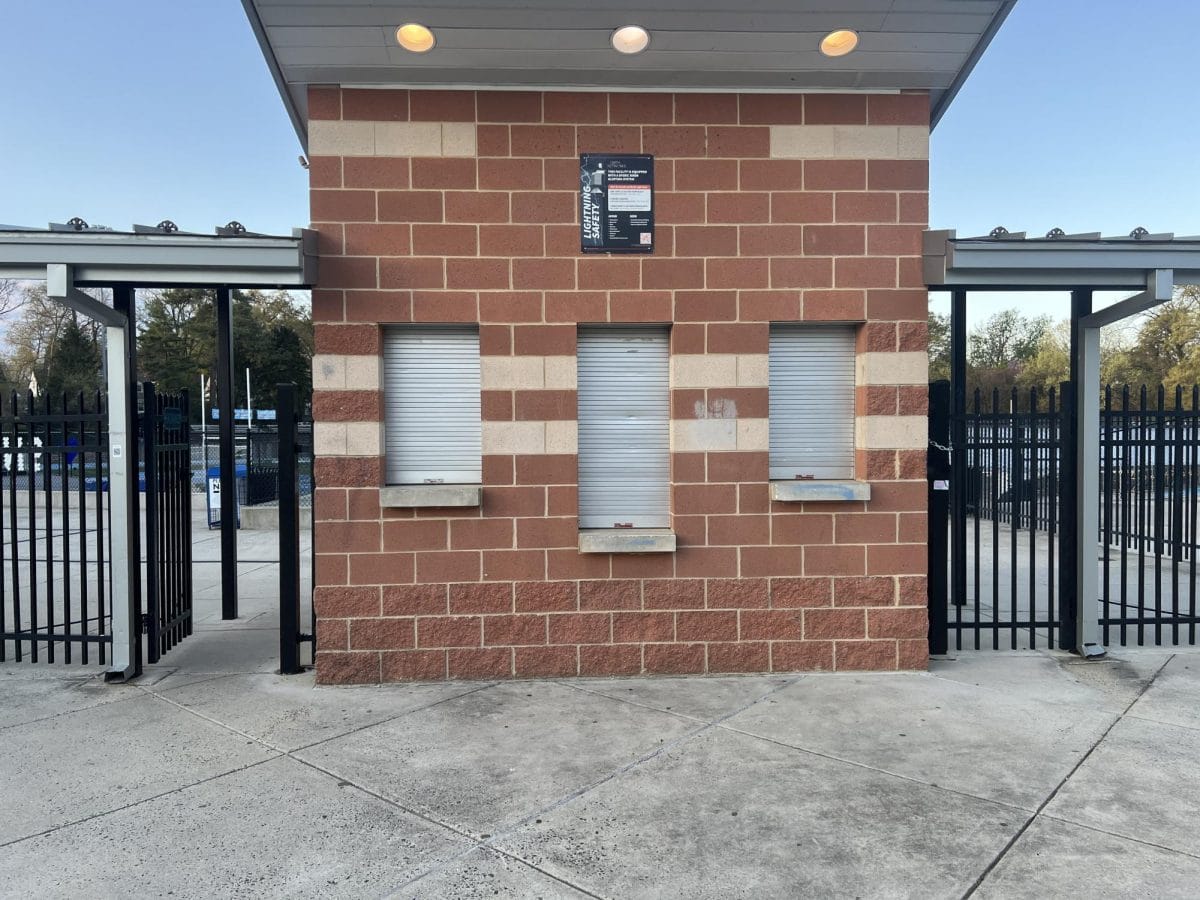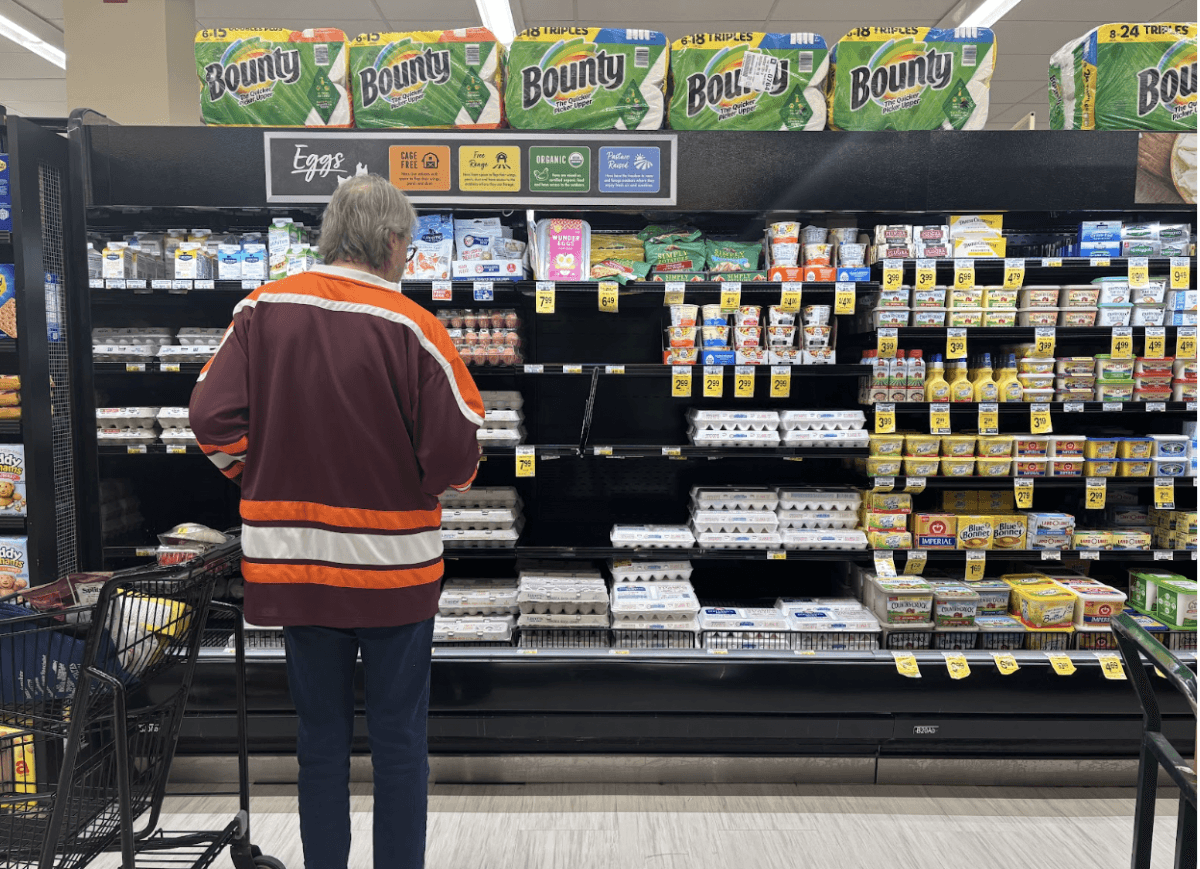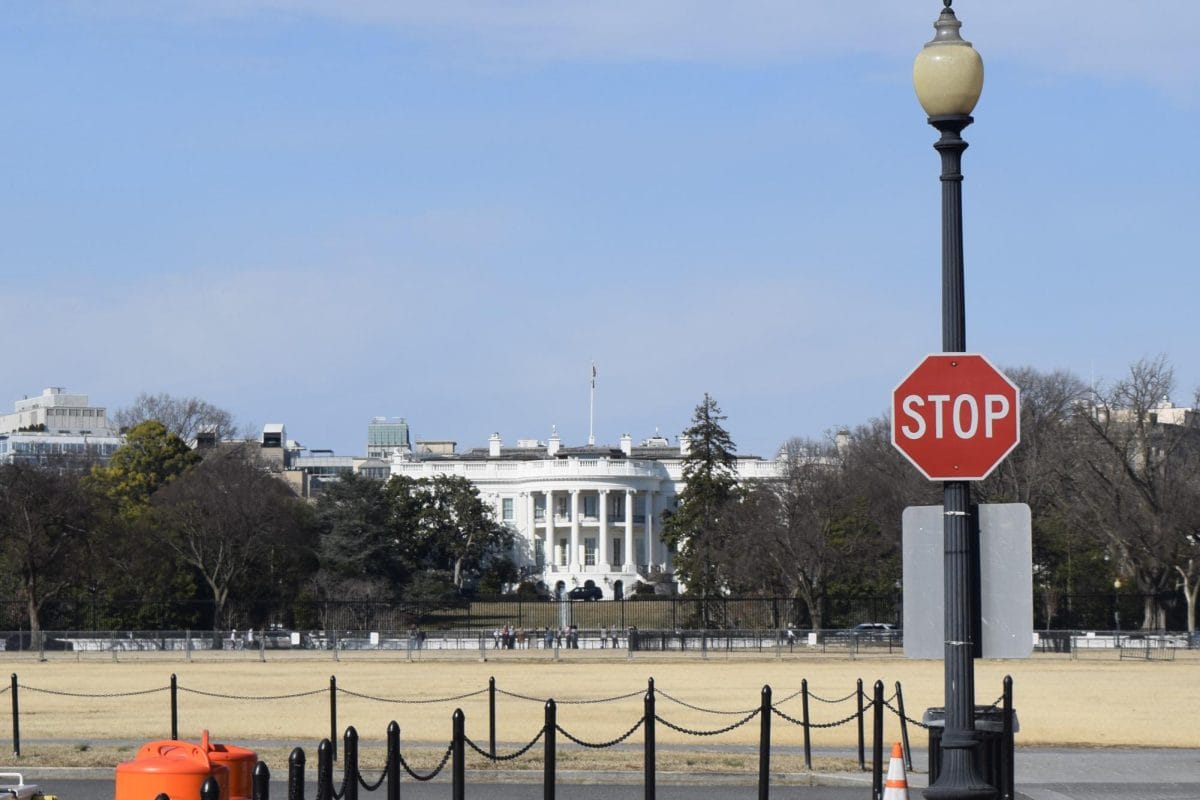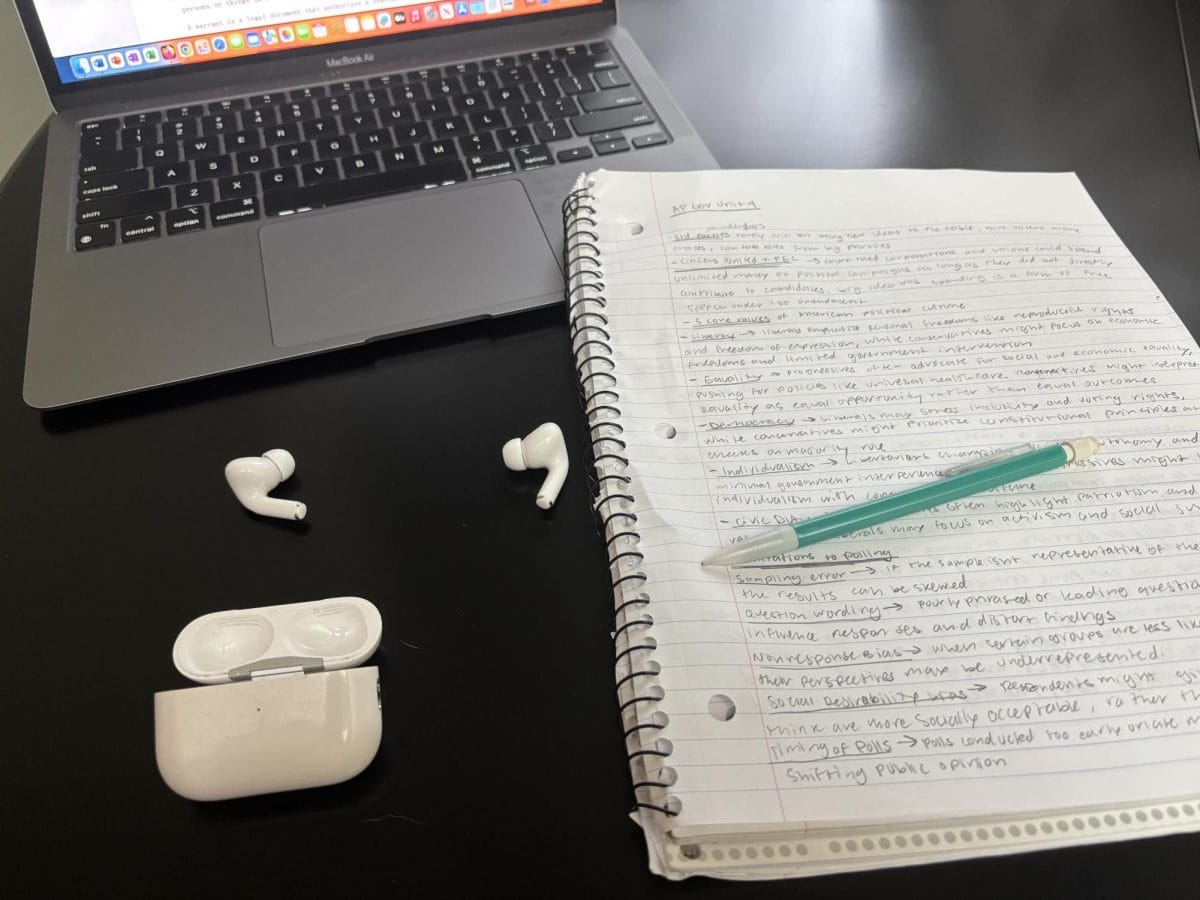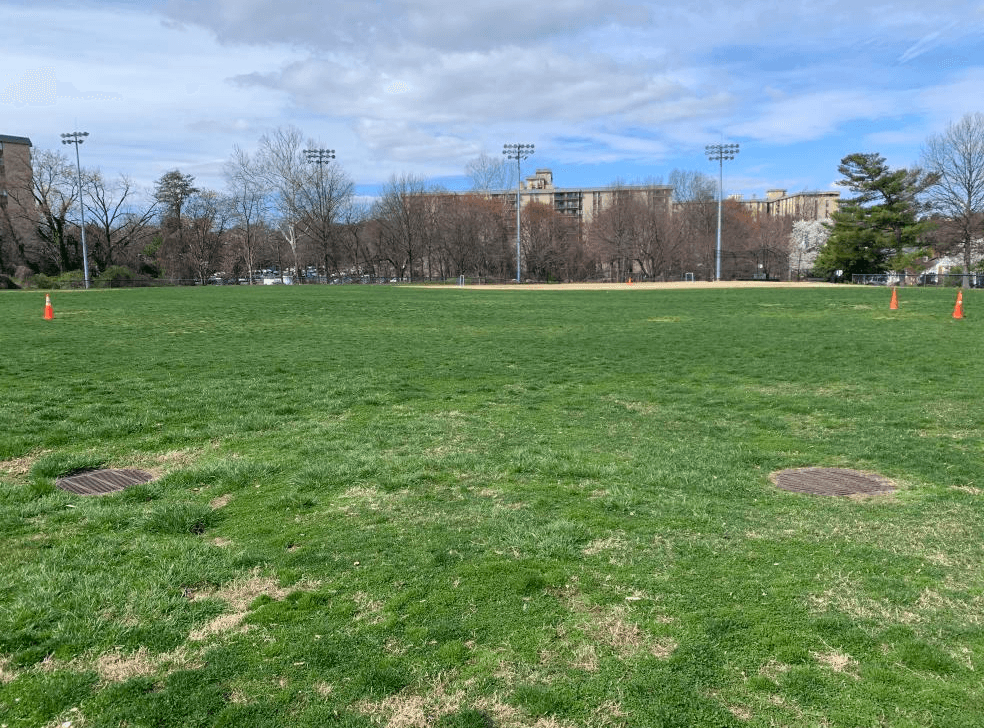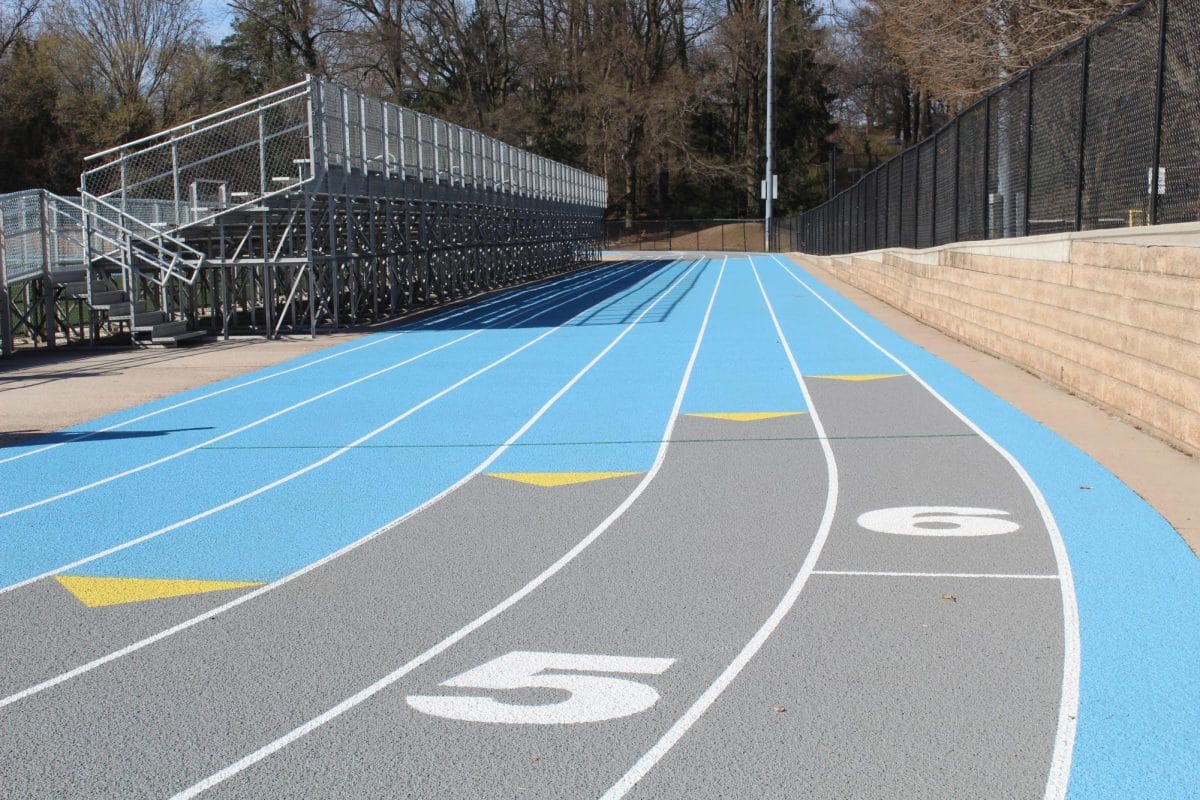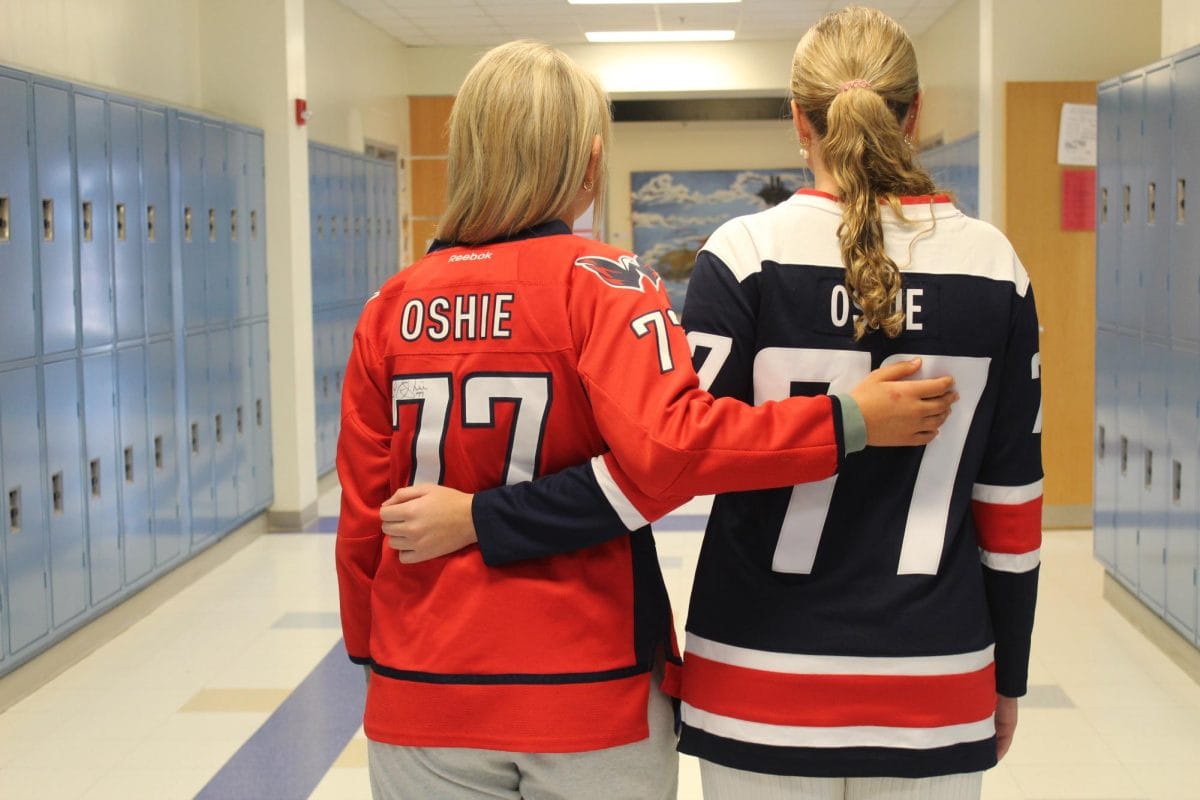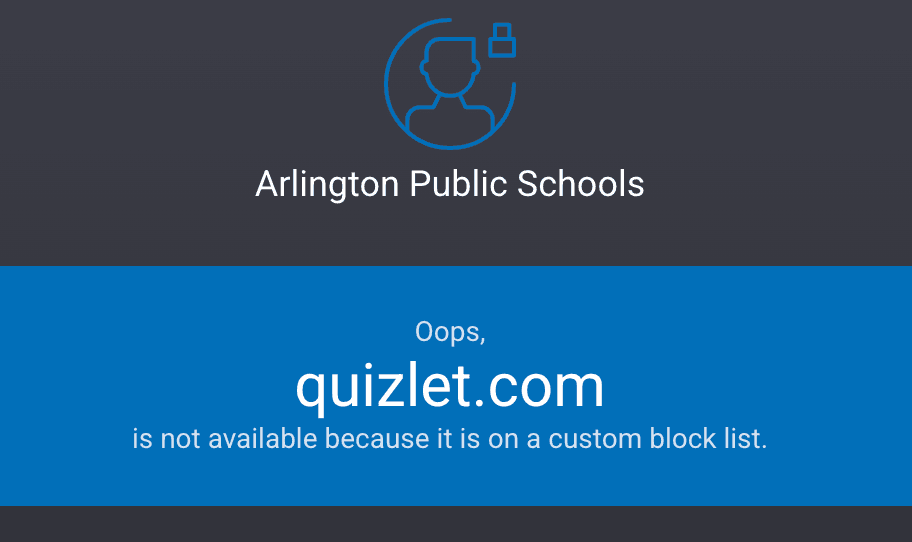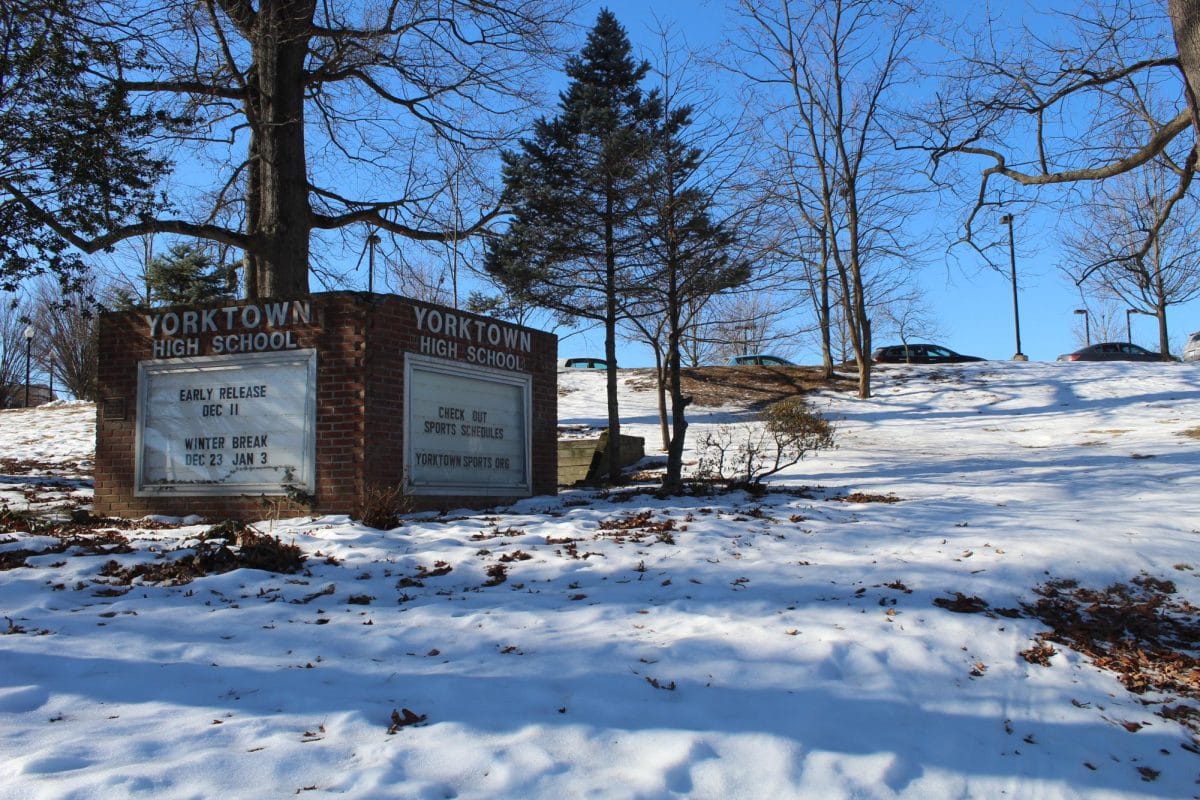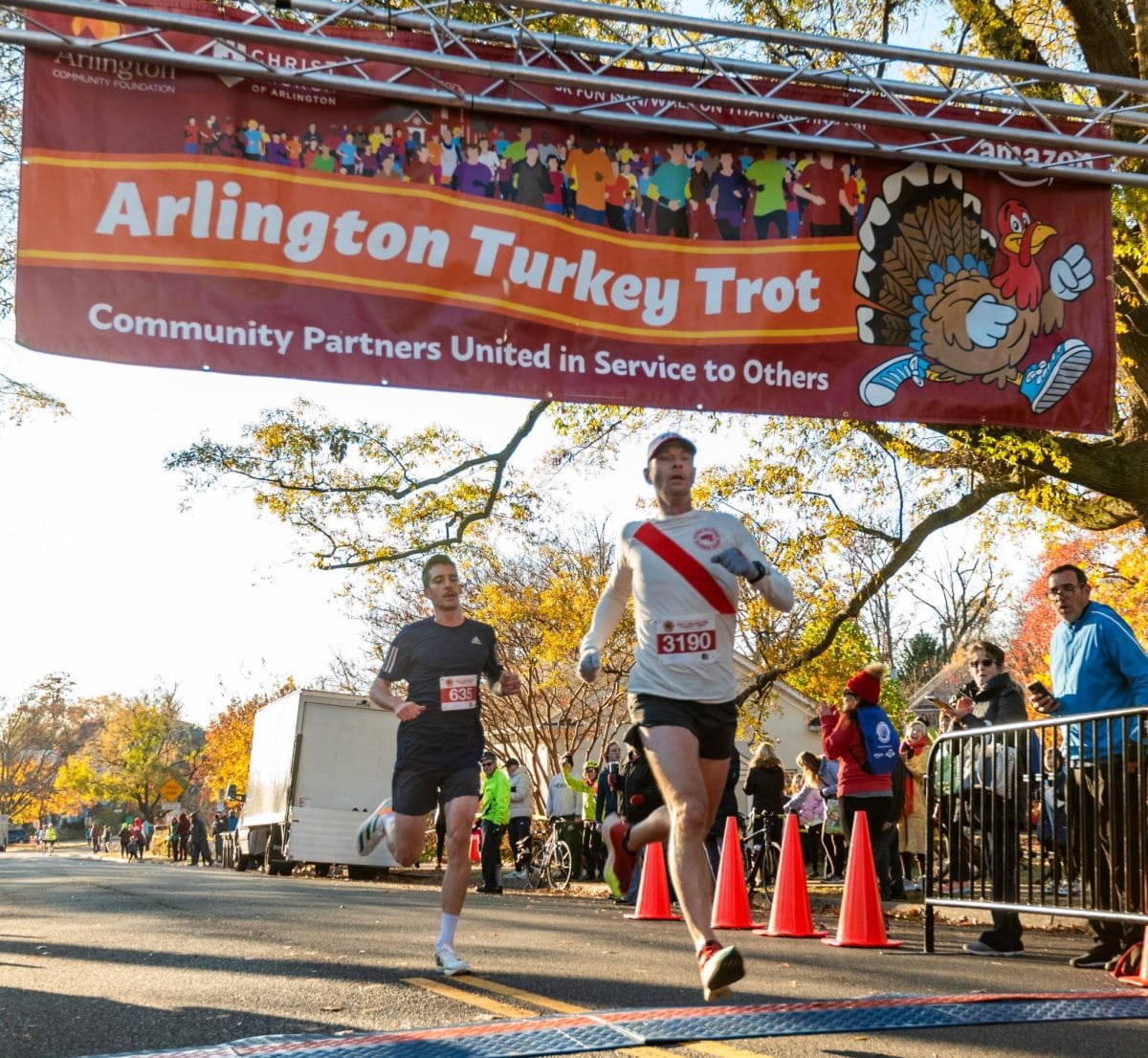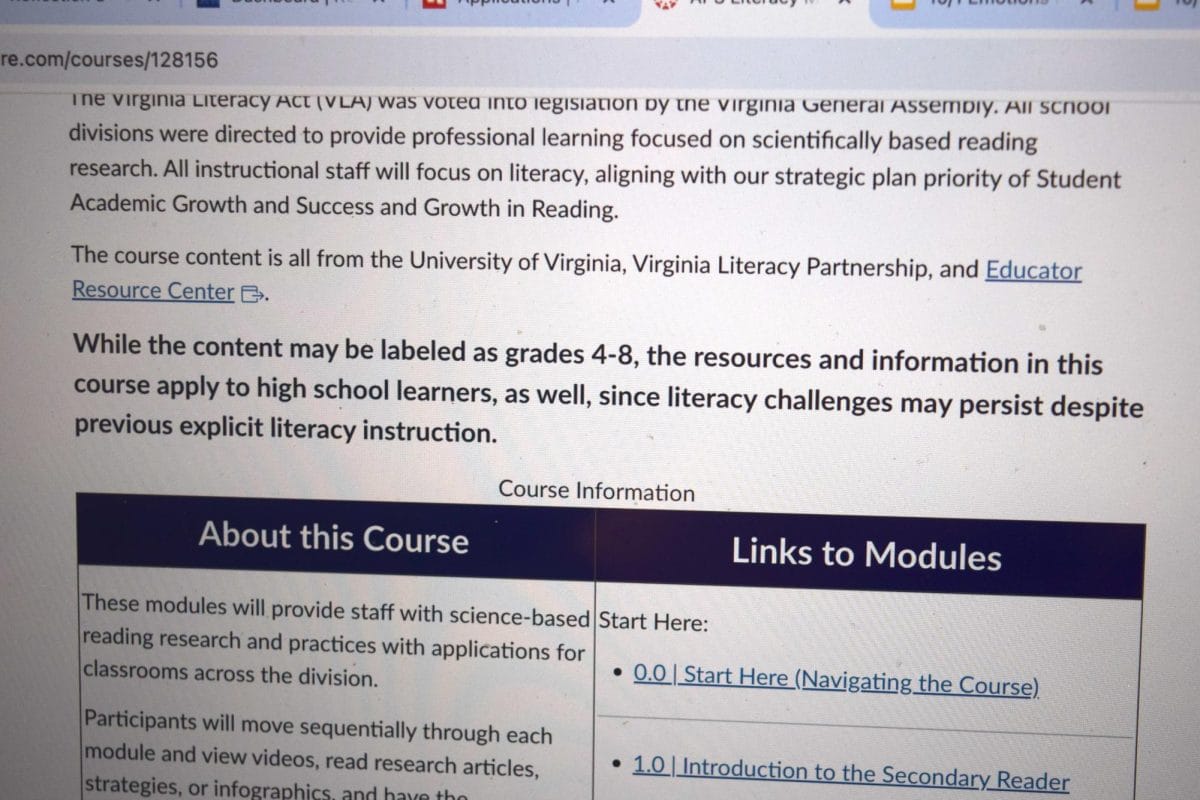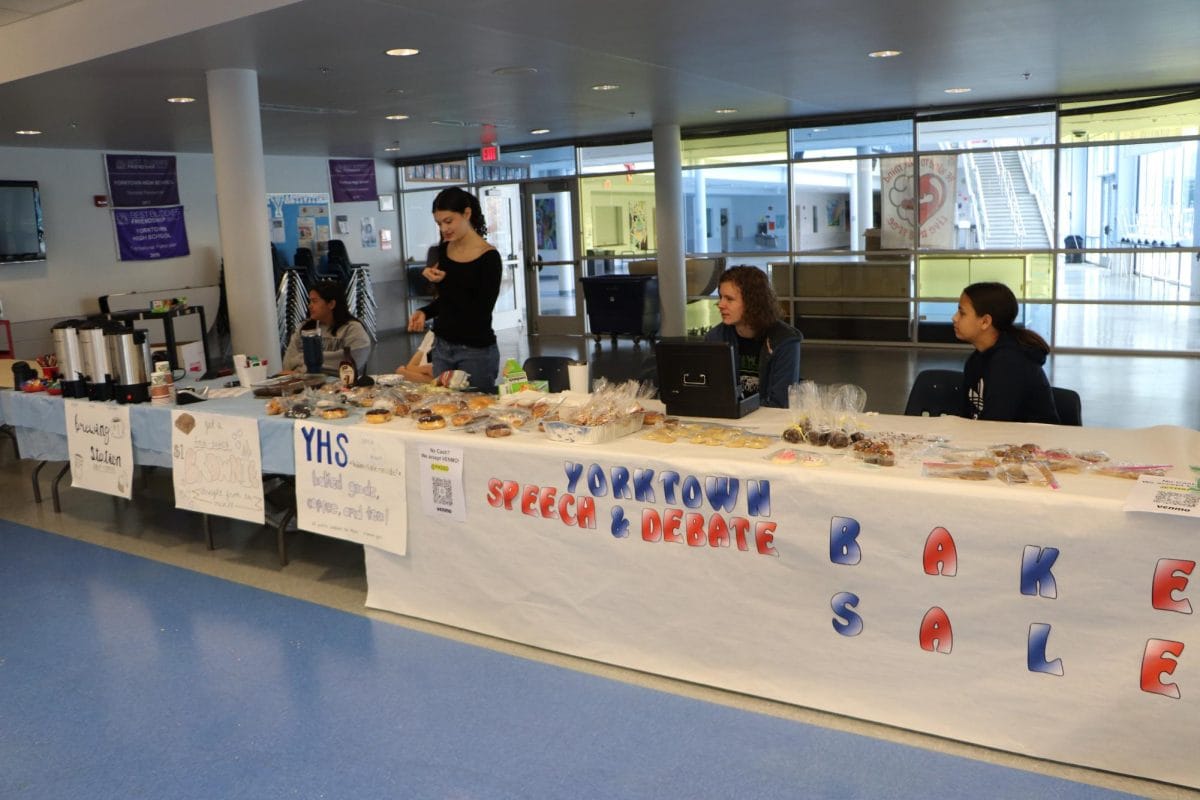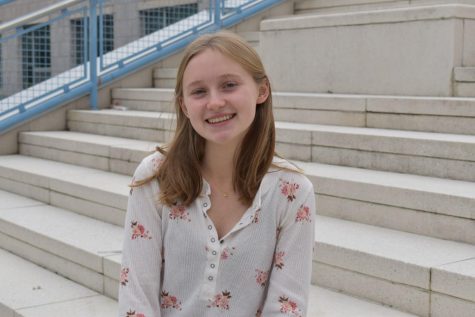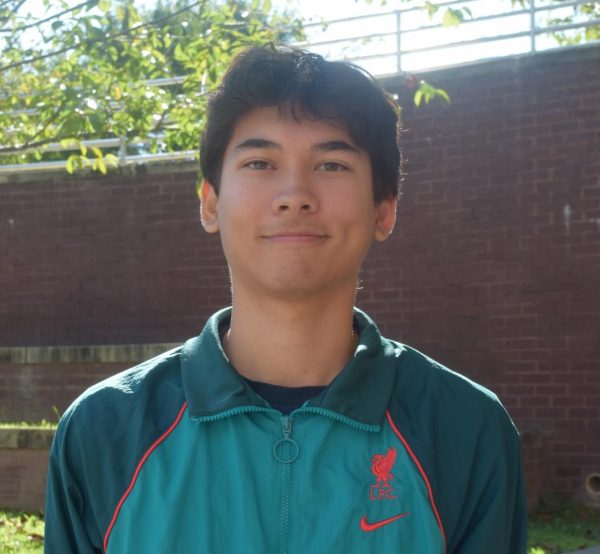This summer, Arlington Public Schools (APS) administrators significantly restructured the county-wide safety program. The main component of the move was increasing the visibility and altering the responsibilities of the safety teams in middle and high schools, who are now called School Safety Coordinators (SSCs).
Students at our school are all very familiar with the team of SSCs. They wear shirts with SAFETY in large print and can often be seen in hallways, the cafeteria, classrooms and at school sporting events.
“The main function of the security team is to provide supervision of students, monitor spaces, hallways and student functions during passing time,” Principal Kevin Clark said.
The SSCs work to monitor entry points to the school and keep track of people entering and leaving the school. The team makes sure that visitors are identified and helped through the school, if necessary.
The guards have roles in emergency situations, as well.
“They will provide assistance to the administrative team if there’s the need to search a student, or if there is some kind of an altercation where they’ll be available to make sure our students are safe,” Clark said.
Something else the SSCs have been working on this year has been collecting data on student habits.
“Where in the building are kids vaping? When kids leave during lunch that aren’t supposed to be leaving, what door do they exit from? How are they getting back in? What doors are being propped during the day? That kind of data,” Assistant Principal Laura Porter said.
This helps the SSCs better understand the behavior of the student body, making their supervision more effective.
The restructured position includes a few familiar faces: two members of the four-person crew were on staff at our school last year as Resource Assistants, the former name for the school’s security staff.
Devaughn Drayton is returning, now as the SSC lead. Another member of the team, Ali Samey, was previously a life skills assistant at our school. Samey has thoroughly enjoyed his time on the safety team.
“Great staff, good students—love being here,” Samey said.
Another change this year is a shift in where the SSCs report. Formerly, the safety team went directly to the principal, but now there is an SSC lead (Drayton) and a supervisor who makes occasional visits to the school. The team is also overseen by APS’s Safety, Security, Risk and Emergency Management office, which is a fairly new establishment.
The SSCs went through a training program over the summer. They each completed 16 hours of instruction through the Department of Criminal Justice Services and received a School Security Officer certification through the Commonwealth of Virginia. Additionally, they completed 60 hours of training through APS and will receive more every year.
The Arlington County Board’s unanimous decision to remove School Resource Officers (SROs) from APS schools majorly affected the restructuring of the SSC position.
“I think there was an overall attention to improve the overall safety and security in the schools [after the County Board’s decision],” Clark said.
SSCs are employed directly by APS, meaning APS gets to handle certain issues separate from the juvenile justice system. Unless a felony has taken place, APS has the power to decide when to involve law enforcement.
A possible misconception is that the team would have responsibilities in an active lockdown situation, but that is not the case.
“If the school’s placed on lockdown, everybody locks down. We’re not law enforcement personnel; we don’t have resources a SWAT team would have. [SSCs] are school staff like everyone else,” Clark said.
However, once police have determined that the building is safe, the team could help out.
“I could see them being involved with trying to clear the building or identifying areas to help the police navigate,” Clark said.
This ties into the SSCs’ familiarities with emergency procedures; they have very active roles in all the drills that take place at our school.
The SSCs have been able to build relationships with students, which has made their supervision more effective.
“If something bad is going on, if you know the student, and you know their name, you have a much higher chance of de-escalating a situation or directing them to an administrator or getting to class on time or checking for a pass,” Clark said.
Clark attributes the friendliness between the team and students to the culture at our school rather than a concerted effort.
“I think they’ve done a nice job balancing their responsibilities with student safety, getting to know the students and also being a support for students,” Clark said.
The SSCs are aware of this dynamic and how they can support students.
“My favorite part is just walking the hallways and seeing people and saying ‘hi.’ Even a little ‘hi’ or a smile can help someone, so it feels good to do that,” Samey said.


